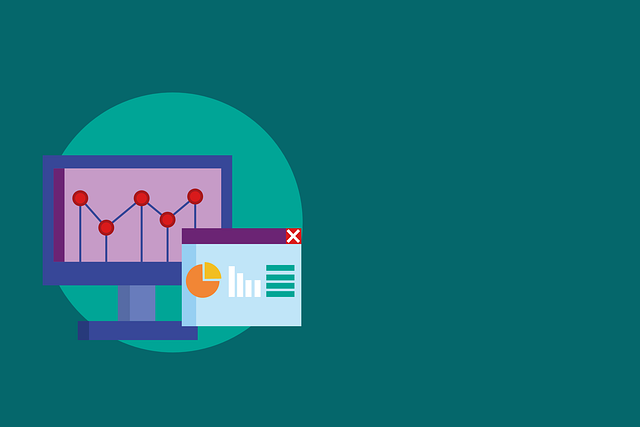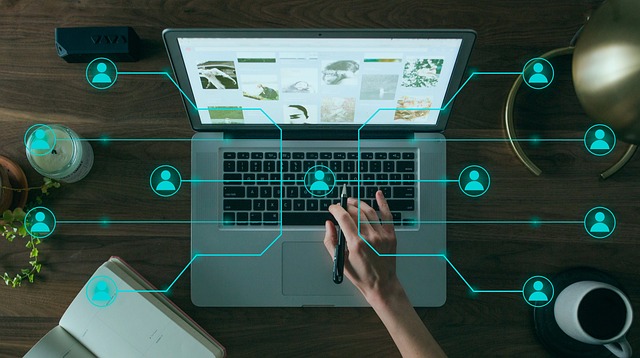AI food photo recognition technology leverages advanced computer vision algorithms to accurately estimate calories and provide nutritional insights by analyzing meal images, benefitting diet tracking individuals, researchers, and public health initiatives. This innovative approach offers personalized dietary guidance based on context like time, location, and preferences, aiding in maintaining healthier eating habits while addressing challenges related to accuracy, privacy, and algorithm biases for reliable estimates across diverse populations.
In today’s digital age, AI food photo recognition technology is transforming how we track nutrition. Leveraging advanced machine learning algorithms, AI assistants can now contextualize eating patterns by analyzing meal photos, providing accurate calorie estimates. This innovative approach goes beyond traditional methods, offering a convenient and personalized way to monitor dietary intake. By understanding AI food photo recognition for calorie estimates, individuals can make informed decisions about their diet and lifestyle choices.
- Understanding AI Food Photo Recognition Technology
- How AI Assistants Can Monitor Eating Patterns Contextually
- Benefits and Challenges of AI Food Calorie Estimation
Understanding AI Food Photo Recognition Technology

AI food photo recognition technology leverages advanced computer vision algorithms to analyze and interpret images of food, enabling accurate calorie estimates and nutritional insights. This innovative approach goes beyond simple object detection by understanding the context, composition, and portion sizes of meals. By training on vast datasets of diverse foods, these AI models can identify ingredients, estimate quantities, and calculate corresponding caloric values with impressive accuracy.
The key to this technology’s effectiveness lies in its ability to account for visual nuances and variations in food presentation. Whether it’s the lighting, plating style, or serving size, the algorithms have been designed to handle these contextual factors, ensuring more reliable calorie estimates. This makes it a valuable tool for individuals aiming to maintain healthy diets, as well as researchers studying dietary patterns and public health initiatives focused on nutrition awareness.
How AI Assistants Can Monitor Eating Patterns Contextually

AI assistants are revolutionizing the way we track our eating habits by offering advanced context-aware monitoring capabilities. One powerful tool in their arsenal is AI food photo recognition, which enables them to analyze and estimate calorie content from images of meals. By leveraging machine learning algorithms, these assistants can identify different types of foods, understand portion sizes, and provide accurate nutritional information. This feature is particularly useful for users who want to maintain a balanced diet or those struggling with weight management.
Contextual monitoring goes beyond simple calorie counting. AI assistants can also consider the time of day, location, and even user preferences to offer personalized insights. For example, an assistant might suggest healthier alternatives during lunch breaks or recommend adjustments based on cultural or personal dietary restrictions. This tailored approach ensures that users receive relevant feedback that aligns with their unique circumstances, making it easier to make informed food choices.
Benefits and Challenges of AI Food Calorie Estimation

The integration of AI food photo recognition for calorie estimates offers numerous advantages in promoting healthier eating habits and managing dietary intake. This technology can analyze images of meals to provide accurate calorie information, assisting users in understanding their nutritional intake. By presenting this data contextually, individuals can make informed decisions about their diet, helping them maintain a balanced lifestyle or achieve specific health goals. For instance, it enables people to track their daily calorie consumption easily and adjust portions accordingly.
However, challenges exist in implementing AI-driven food calorie estimation. Accuracy is paramount; misestimates could lead to unhealthy behaviors or dissatisfaction with the technology. Additionally, ensuring privacy and data security is essential as users share intimate meal details. Biases in algorithms might also result from diverse dietary preferences and cultural cuisines worldwide, impacting the reliability of estimates across different populations.
AI food photo recognition technology offers a promising approach to monitor eating patterns contextually, providing valuable insights into calorie intake. By leveraging this innovative tool, AI assistants can help users make informed dietary decisions and support their health goals. While challenges remain, such as accuracy and privacy concerns, the benefits of AI-driven calorie estimation could revolutionize personal nutrition monitoring in the future.
